GET THE LOOK Grow a peaceful retreat with plants inspired by Ferncliff Garden. Top (left of path) Winterglow Heart-Leaved Bergenia, Flower Carpet® White Groundcover Rose, Captain Solo Calla Lily. Sutherland Hebe, Golden Japanese Forest Grass, Nest Spruce, Improved Green Globe Artichoke, Quick Fire® Hardy Hydrangea. (right of path) Western Sword Fern, Chilean Prickly Rhubarb, Royal Rembrandt Veronica, Red Dragon Japanese Maple.
PHOTOGRAPHY Ferncliff Garden Joshua McCullough | Plants and Headshot Doreen Wynja | Quick Fire PW
Designed by Susan Calhoun, Ferncliff Garden is a study in calm colors and soothing, rhythmic layers. We asked Susan to tell us more about the garden itself (located on the cusp of zone 8b – 9a). She also shares insights into her process for designing at Ferncliff, plus her favorite plants. Learn Susan's tips for creating a peaceful retreat in your landscape, large or small.
Q: What inspiration did you take from the site at Ferncliff Gardens? And what elements create that peaceful feeling we all crave?
SUSAN: Large evergreen trees reach to the sky and create the walls of this garden. You feel very grounded here, at peace really, especially in the company of the trees that have been here for a very long time. When the wind blows through the branches, it’s so soothing. The filtered light is soft and gentle.
In this long, narrow garden, you start out with the trees in the shade, with lots of filtered light and shady ground covers. Then, as you move east toward Puget Sound, the garden becomes lighter and sunnier. I chose to design with plants that gradually get lower and the view becomes the focal point.
All the pathways and plantings in Ferncliff draw you to the edge of the water. There, my clients can bask in the sun, soak in the views, and hang out by the firepit. Then, when you turn around and return to the home, you get to experience the entire garden from a different perspective. It begins to touch you and tuck you back in as you move back up the hillside.
Grow your own peaceful retreat using plants inspired by Susan Calhoun’s designs for Ferncliff Garden
(zone 8b – 9a)
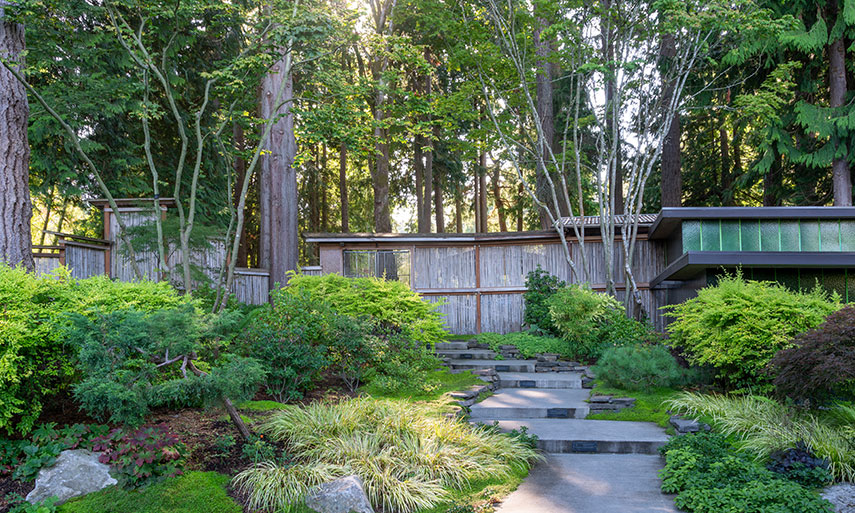
GET THE LOOK Grow similar plants in your own peaceful retreat. Above, looking back at the home (to left of path) Vine Maple, Vicary Golden Privet, Landmark Rhododendron, Red-Leafed Mukdenia, Variegated Sweet Flag, Sargent's Weeping Hemlock; (to right of path) Gulf Stream Heavenly Bamboo, Dwarf Scotch Pine, more Privet, Tamukeyama Japanese Maple, Windcliff Fragrant Pachysandra, Obsidian Heuchera
Q: The pathways on the hillside are so peaceful to look at and to pass through.
SUSAN: Thank you. The texture and pattern of the plantings and the repetition of the plants keep the landscape from looking disjointed. In this design, to keep things soothing, we’re not drawing the eye in different directions. There are no jarring pops of color. Instead, there are more sweeps of colors, and they continue as the season progresses. You’re always present in the moment along the curves and steps of the pathways. The plants are close enough to brush through and touch.
BOTH SIDES NOW
Susan's use of soft, low, mounded layers creates a rhythm and repetition that feels peaceful. Literally and figuratively, when you pass through Ferncliff Garden.
Close up Sidewalks and steps can be oh-so-serene when you plant soft, sweeping layers along them. Especially on hillsides, use softer foliage to cascade across lower layers. Lending shelter for birds and beneficials while adding texture and temper energy for humans passing through.
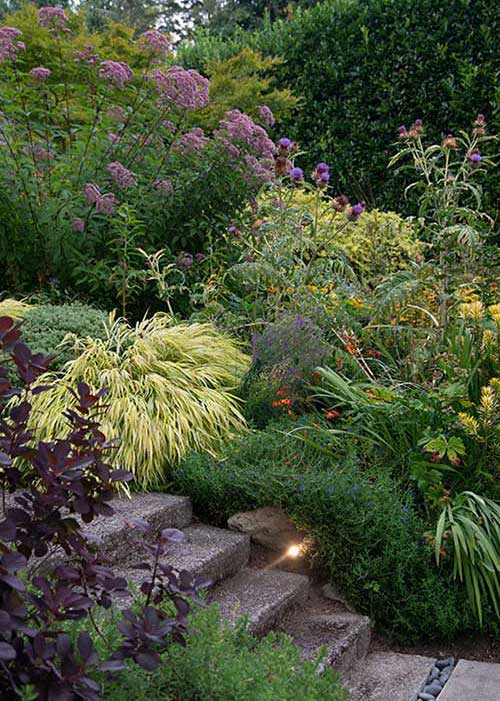
Turn the corner Take a second look as the landscape levels out. Here, you can see the echoed forms, colors, and textures from higher up the hillside. A repetition of form adds quiet interest. As does a focused palette like this one featuring repeating plum, gold, and green.
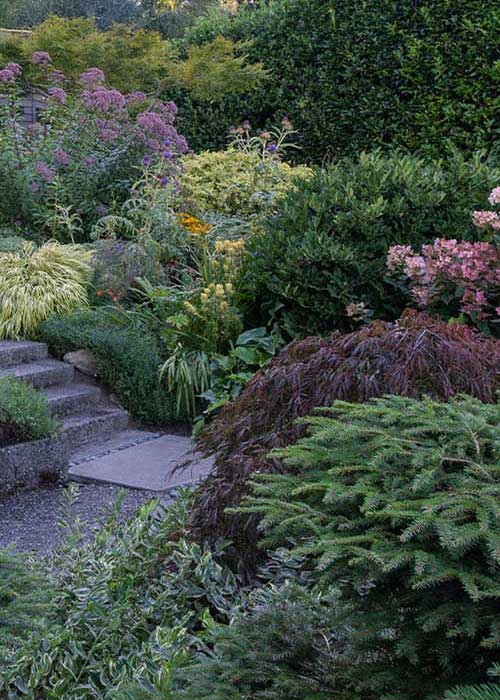
GET THE LOOK Discover more plants inspired by what's growing at Ferncliff Garden (left, clockwise from top left). Grow similar plants with Dwarf Joe Pye Weed, Improved Green Globe Artichoke, Columbus Montbretia, Huntington Carpet Rosemary. Grace Smoke Tree, Sutherland Hebe, Golden Japanese Forest Grass. (right, from back to front and left to ring) Osakazuki Japanese Maple, Shipka Cherry Laurel. that Japanese Forest Grass, Joe Pye Weed, and Artichoke. and as you turn the corner Duchesse de Lorraine Itoh Peony, Little Ragu® Sweet Bay, Ruby Slippers Hydrangea. (front, l to r) Variegated Solomon’s Seal, Crimson Queen Japanese Maple, Nest Spruce.
Q: Ferncliff is in an established landscape. What advice do you have when it comes to editing?
SUSAN: There are a couple of ways to decide what should go and what should stay:
- I usually remove any dead or diseased plants.
- I also look for plants that can be moved if they are in the wrong spot. (Think tall plants in the middle of a bed).
- I look to edit out plants that are a maintenance headache or require a level of care that’s not practical for my client.
When it comes to editing, ask yourself, “Why don’t I like it?” and “If the plant was gone, what kind of plant would I want to put there? Something for fragrance? Privacy? To feed the birds?” There are so many great plants that give a lot of joy without taking a lot of care.
Q: As a grower, we’d love to hear more about some of those great plants that excite you.
SUSAN: This is a hard question. I’m in love with so many plants. Monrovia has so many beauties! Right now, I love pretty much anything with black leaves, and I’m excited to see more coming into Monrovia’s collections.
I’m always in love with the beautiful Stachyurus praecox ‘Morning Dew’ — the variegated leaves are so cool with the dangling flowers.
The new hardy Begonias from your Dan Hinkley Collection are superb. I’m especially pleased with Tectonic™ Eruption, Asteroid, and Shangri-La™.
Other Monrovia favorites include Pteris cretica, the Jurassic™ Velociraptor Ribbon Fern and your Seaside Serenade® Cape Hatteras Hydrangea.
DISCOVER SUSAN'S LONGTIME FAVORITES & LATEST PASSIONS
Q: We're all lifelong learners. What did this landscape teach you?
SUSAN: I was really reminded to walk slowly into a garden. To really be aware of what is there already, using a gentle hand and working with the established plants.
Originally, there were about 20 Vine Maples crowding under big Cedars and Firs. For a peaceful retreat, the jumble of branches going every which way was too messy and distracting. I edited some, though not all of them out, one by one. I did this until the Vine Maples that remained were the most beautiful shape and in the perfect spot.
When designing in a landscape with established plants, especially large evergreens, the soil around them is very compacted. This is because of evergreens' extensive root systems. Adding soil, high-quality soil, like what you get in a Monrovia pot, and creating planting pockets is important. As is choosing to use plants that are well rooted, but not deeply rooted.
For example, I chose groundcovers that were spreaders. I had to take care with the plant selection because two big dogs spend time in the garden, too. They actually ate the first grass that I added so that had to be changed. The plants also had to be sturdy enough to put up with some rough play.
STURDY GROUNDCOVERS INSPIRED BY FERNCLIFF GARDEN
Q: Do you believe certain landscapes or garden styles can improve well-being?
SUSAN: Yes, I do. I actually believe that being in a garden is critical for everyone. A connection with Nature can be so relaxing and so soothing. Take time to look around and see things growing, bugs foraging, even deer browsing. It reminds us not to take our lives too seriously and to leave the stress behind.
But, in order for a garden to be restorative, the garden can’t be too much for a client to maintain. It is stressful to have a garden with many different plants when you don't know how to take care of them. Also if you don't have the time to do it. For the family at Ferncliff Garden, this limited palette and easy care plant selections meet their needs. While also not overwhelming them with a fussy look or a fussy maintenance schedule. By repeating plants, using groundcovers, and the right mix of dwarf evergreens and perennials, their aesthetic and low maintenance needs could be met.
Q: Any advice for working with a garden designer, so it can be as stress-free as the end result?
SUSAN: Look for someone who will listen to you. The most important part of my job is to be able to communicate my ideas and to listen to the client’s ideas. Then, I can use my experience to create the garden they want. As a homeowner, be sure to check a designer’s website to review examples of their work. You want to look for lots of different styles. Every garden should be a unique solution based on the client’s needs and the landscape itself.
Q: If you could share just one tip with home gardeners about how to create a peaceful retreat, what would it be?
SUSAN: Every garden can be sanctuary if you spend time in it. It’s that easy.
Surround yourself in the garden. Whatever plants you use, what you sit on or walk by, be sure that you can physically be in it. Touching, smelling, and seeing it change with the seasons will give you the connection with Nature that creates sanctuary.
My peaceful retreat is in the sun in the middle of my tropical garden. I grow Banana leaves, Dahlias, Gingers, Lilies, and Peonies, with a soft wicker chair in the midst. It’s near my Koi pond, surrounded by Grasses with movement I love. Nobody can see me there. It is my sanctuary.
Susan Calhoun at Visit Plantswoman Design
Susan Calhoun is an award-winning landscape designer based in Bainbridge Island, WA.
WALP and WSNLA-certified, Susan’s passion is residential garden design for homeowners across the Pacific Northwest. Susan's gardens have been featured in notable publications like Sunset and Fine Gardening. She is also a longtime contributor to the Northwest Flower & Garden Show, creating award-winning gardens year after year.





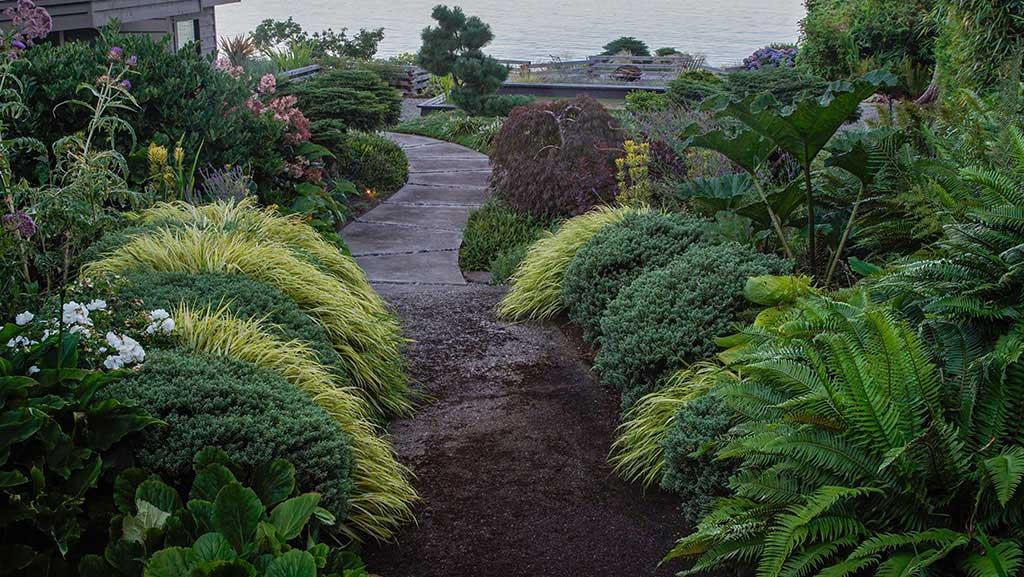
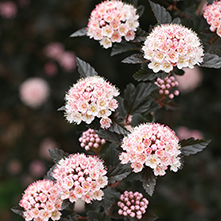
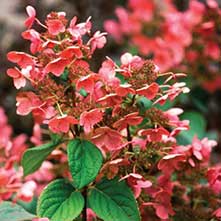
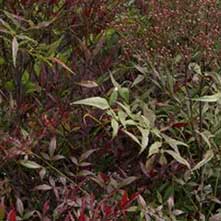
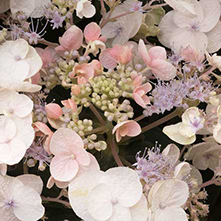
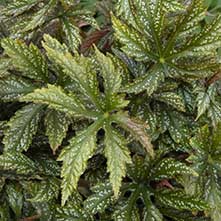
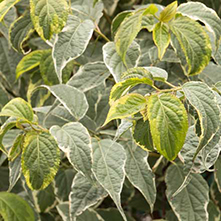
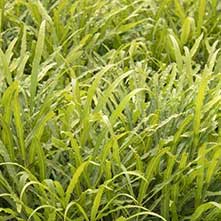
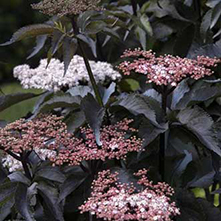
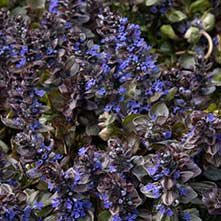
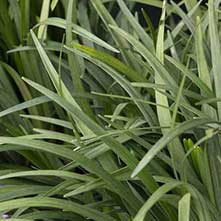
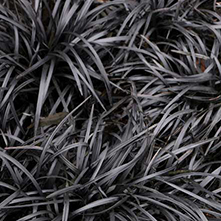
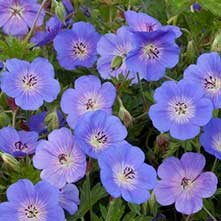
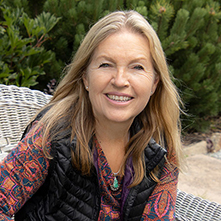
Please login to comment.
Don't have an account?
Sign Up for free